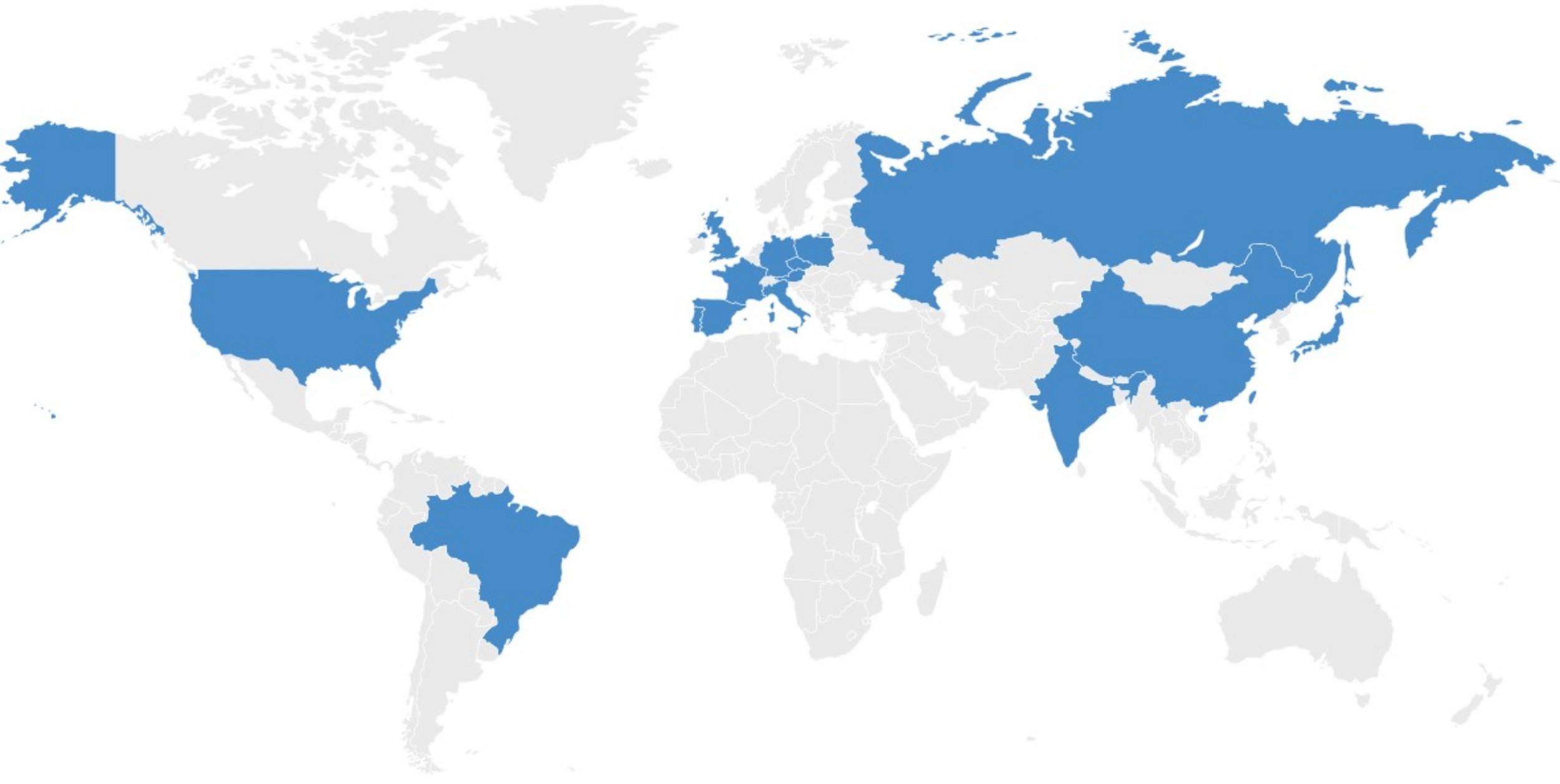
Our trainers are experts in each technique. They will provide trainings advice and guidance to make the most of your HORIBA Scientific instrument. Learn and share your experience with other users and acquire the basics of the technique. You will be able to directly use this knowledge for your applications in your own laboratory. You will gain confidence and experience in the analysis of your samples.
• Certificates are given to each attendee for every course
• All trainings are held in France, or USA for training courses labelled as such, and are conducted in English, except ICP1 to ICP4 which are conducted in French.
To get the entire program and to get registered, please contact us: Tel: + 33 (0) 1 69 74 72 00 | Fax: + 33 (0) 1 69 09 07 21 or use the contact form
Sie haben Fragen oder Wünsche? Nutzen Sie dieses Formular, um mit unseren Spezialisten in Kontakt zu treten.